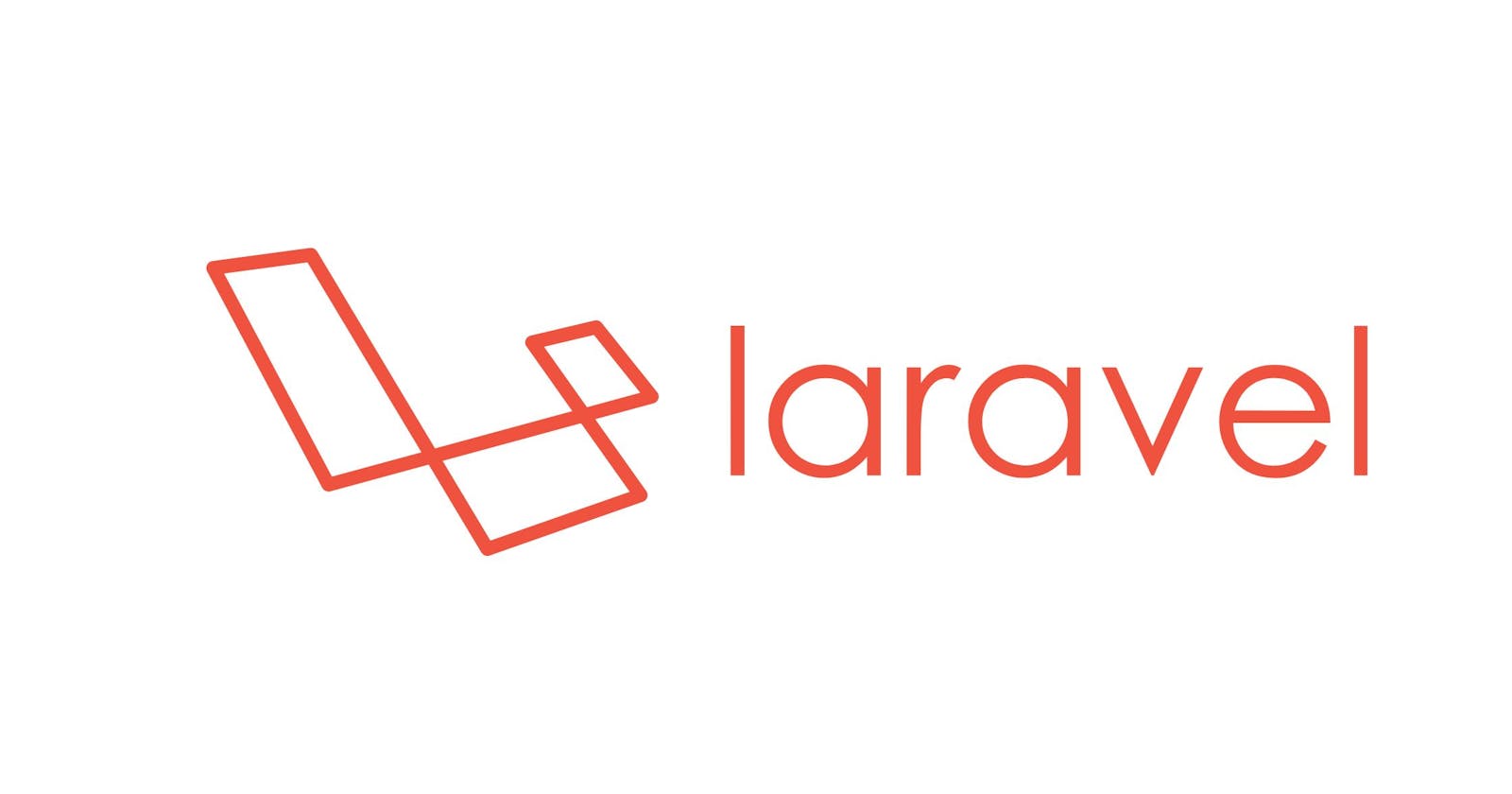In the contemporary era of digital advancements, the construction of resilient and easily expandable APIs holds immense significance within the realm of contemporary web development. A prominent example in this domain is Laravel, a widely acclaimed PHP framework that provides a potent and sophisticated approach for crafting RESTful APIs.
These APIs, meticulously fashioned through Laravel's capabilities, possess the potential to serve as the foundational infrastructure for a myriad of applications. In this context, a proficient Laravel web development company plays a pivotal role in harnessing these capabilities to their fullest potential.
Steps To Create a REST API Using Laravel
Setting Up Your Development Environment
Before you start, make sure you have PHP and Composer installed on your system. You'll also need a web server (like Apache or Nginx) and a database (such as MySQL). Laravel provides an official development environment called Homestead that streamlines this process.
Creating a New Laravel Project
Use Composer to create a new Laravel project:
(composer create-project --prefer-dist laravel/laravel YourProjectName)
Designing Your API
Defining API Endpoints: Determine the resources your API will manage and design the endpoints accordingly (e.g., /users, /posts).
Structuring API Resources: Laravel's Resource Controllers allow you to define the structure of your API's responses and requests.
Building Routes and Controllers: Laravel's routing system enables you to define routes for your API endpoints. Connect these routes to controllers, where you'll handle the logic.
Implementing CRUD Operations
For each resource, implement CRUD operations:
Connecting to a Database: Configure your database connection in the .env file.
Creating Resources: Handle the creation of resources through POST requests.
Reading Resources: Fetch resources using GET requests.
Updating Resources: Update resources using PUT or PATCH requests. Deleting Resources: Delete resources using DELETE requests.
Validation and Error Handling: Use Laravel's validation features to ensure data integrity and handle validation errors gracefully.
Authentication and Authorization
Secure your API: Token-Based Authentication: Implement token-based authentication using Laravel's Passport package. Protecting Routes: Use middleware to protect specific routes from unauthorized access.
Versioning Your API: As your API evolves, versioning becomes crucial to maintain backward compatibility. Include the version number in your API routes.
Testing Your API
Unit Testing: Write unit tests for individual components of your API.
API Testing: Laravel provides testing tools specifically for APIs. Test various scenarios using HTTP requests and assertions.
Optimizing and Securing Your API
Caching Responses: Use caching mechanisms to improve API response times.
Rate Limiting: Prevent abuse by implementing rate limiting.
Implementing HTTPS: Secure your API with HTTPS to encrypt data transmission.
Documentation for Your API
Use tools like Swagger or Laravel's built-in capabilities to generate API documentation. Write clear and comprehensive documentation that explains endpoints, request/response formats, and authentication requirements.
Deployment
Choose a suitable hosting environment based on your project's needs. Follow deployment best practices to ensure a smooth transition from development to production.
Conclusion
In conclusion, mastering the art of creating a REST API using Laravel opens up a world of possibilities for building modern, interconnected applications that provide seamless user experiences. The Laravel framework's elegance and flexibility, combined with the RESTful architecture, empower developers to craft APIs that are both functional and maintainable.
If you find yourself seeking expert assistance or aiming to expedite your project's timeline, consider to hire Laravel developers. Hiring Laravel developers with hands-on experience in creating REST APIs can help you navigate complex challenges, ensure best practices are followed, and accelerate the development cycle.
